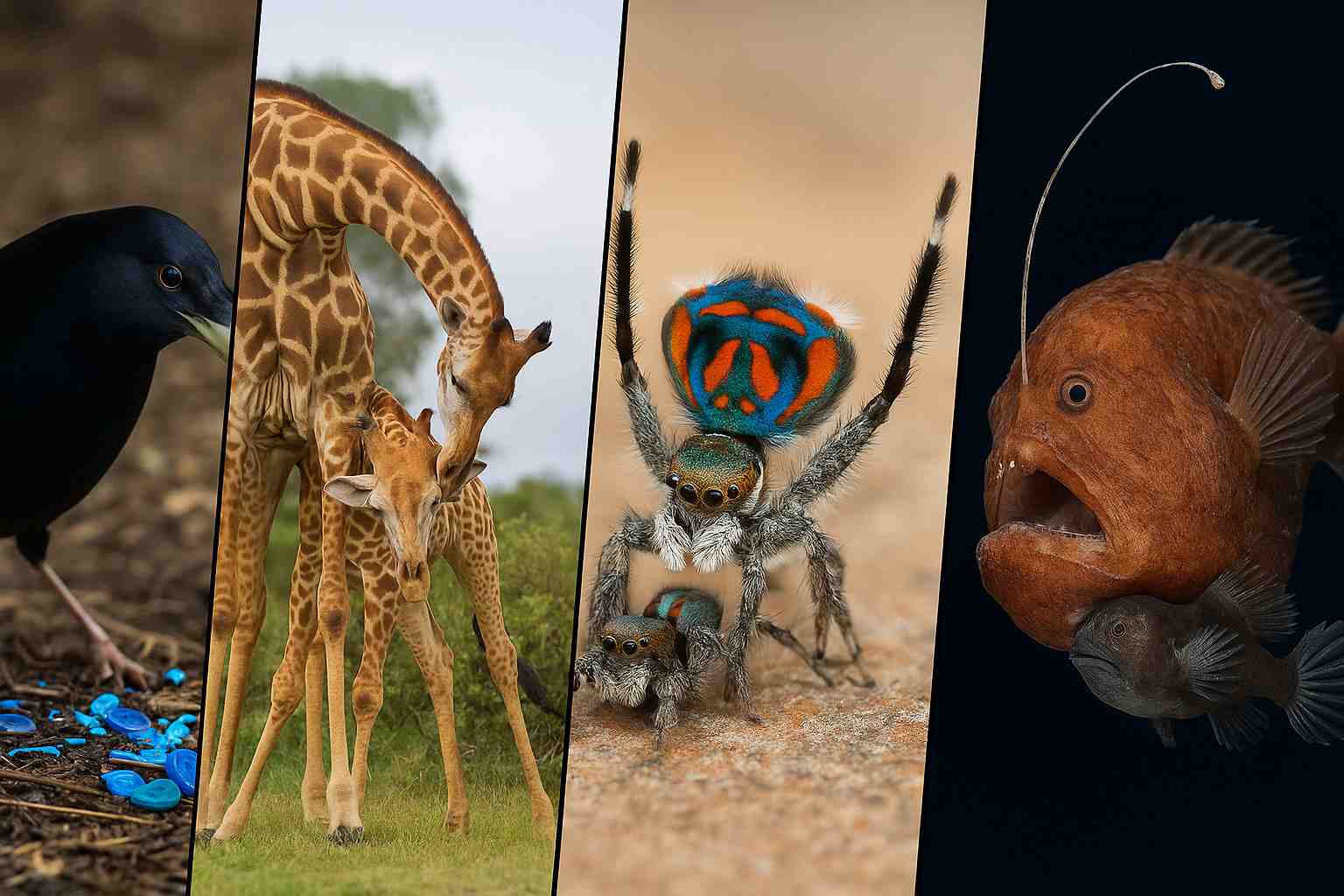Nature’s creativity knows no bounds, especially when it comes to love. Across the animal kingdom, some species have evolved bizarre, beautiful, and even dangerous ways to court, attract, and secure mates. From elaborate dances and dangerous battles to gifts that range from sweet to downright macabre, these mating rituals reveal fascinating stories of survival, competition, and reproductive success.
1. Bowerbirds
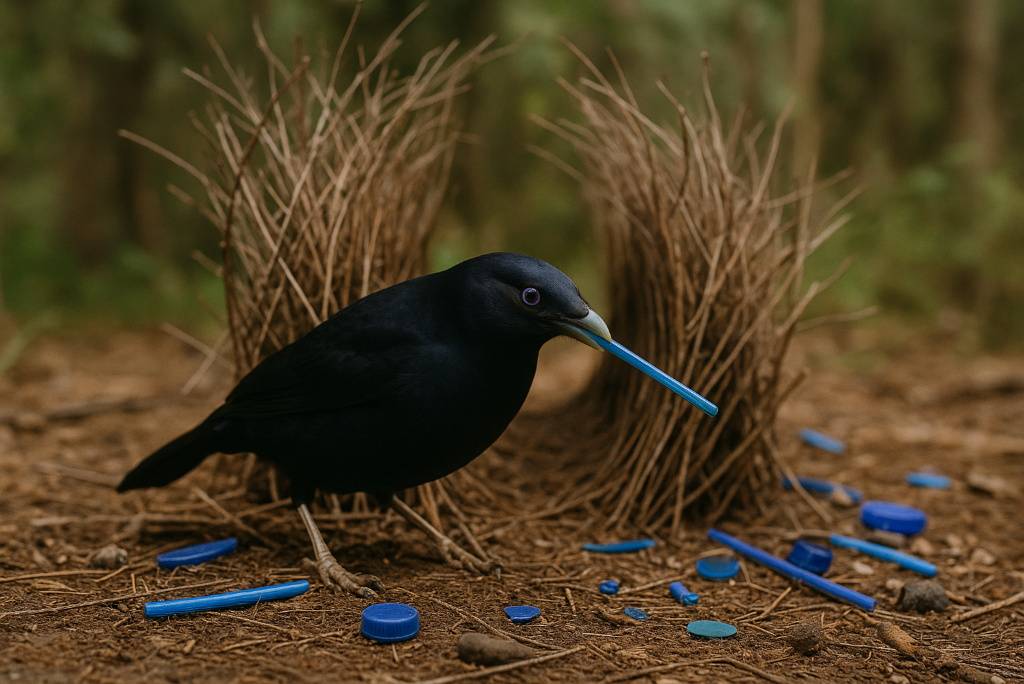
Male bowerbirds, found in Australia and New Guinea, are nature’s architects. Instead of relying solely on colourful plumage, they build intricate structures called bowers, decorated with brightly coloured objects—flowers, berries, plastic, or even bits of glass. The more vibrant and symmetrical the bower, the higher the male’s chances of attracting a female.
Interestingly, different species of bowerbirds prefer different colour schemes. Scientists believe this architectural prowess is a sign of intelligence and genetic fitness. However, sabotage is common; rival males often sneak in to wreck a neighbour’s bower or steal decorations, adding a devious twist to the avian dating game. You can read more about these fascinating birds in National Geographic.
2. Anglerfish
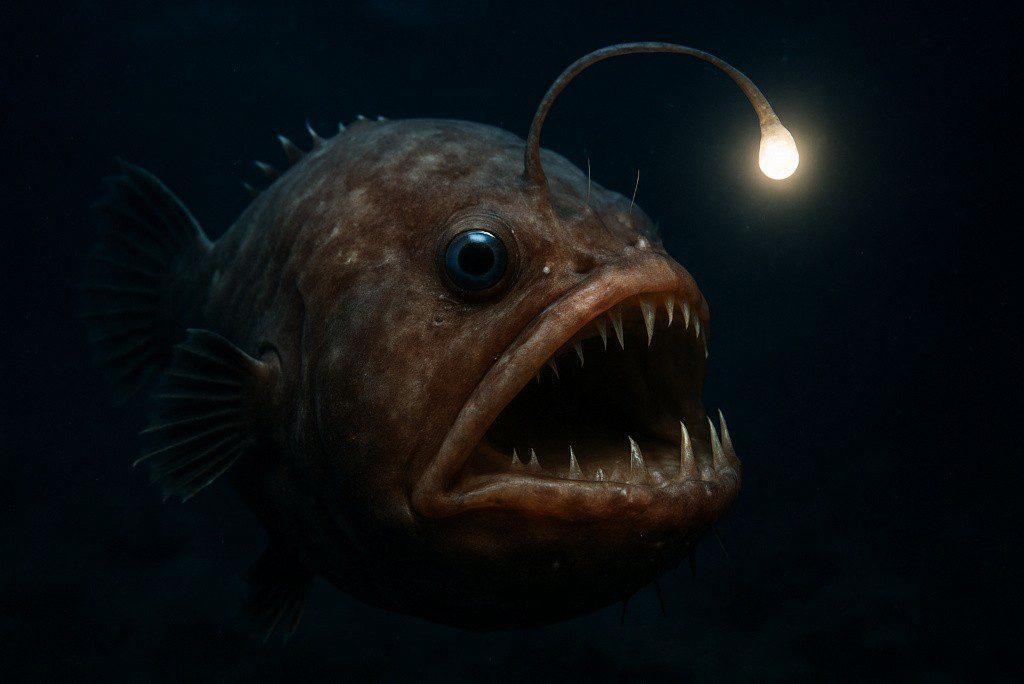
Deep-sea anglerfish have one of the weirdest mating strategies on Earth. Males are tiny compared to females and have only one purpose: to find a mate. When a male locates a female, he bites her and releases enzymes that dissolve his mouth and her skin, fusing him permanently to her body. Eventually, he becomes little more than a pair of gonads supplying sperm on demand.
Some females carry multiple males attached like bizarre biological appendages. This adaptation ensures reproduction in the pitch-black ocean depths, where finding another anglerfish is rare. Smithsonian Magazine explores this peculiar phenomenon.
3. Red-Capped Manakin
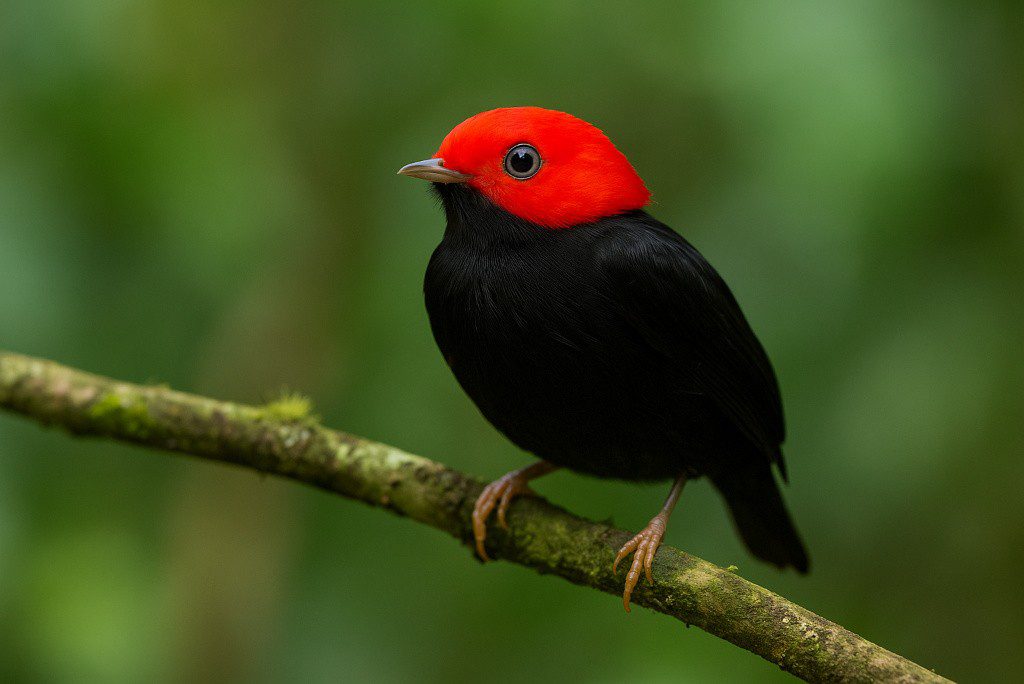
Sometimes dubbed the “moonwalk bird”, the male red-capped manakin of Central America dazzles females with his dance moves. During courtship, he performs rapid, backward slides along a branch, reminiscent of Michael Jackson’s moonwalk. He also snaps his wings loudly and zips around branches to showcase his agility.
Females watch closely, assessing his skill and stamina—key indicators of a healthy mate. Scientists believe these extravagant displays evolved under strong sexual selection. Watch the BBC clip here for a glimpse of their performance.
4. Giraffes

Giraffe courtship involves a behaviour called “necking”, where males swing their long necks to deliver powerful blows with their heads. While it looks like combat, it’s also part of determining dominance for mating rights. Once a male is ready to court a female, he uses a technique called the “flehmen response”, tasting her urine to assess her fertility. Though bizarre, this method gives males a chemical clue about when a female is receptive. Learn more about giraffe courtship in this National Geographic article.
5. Pufferfish
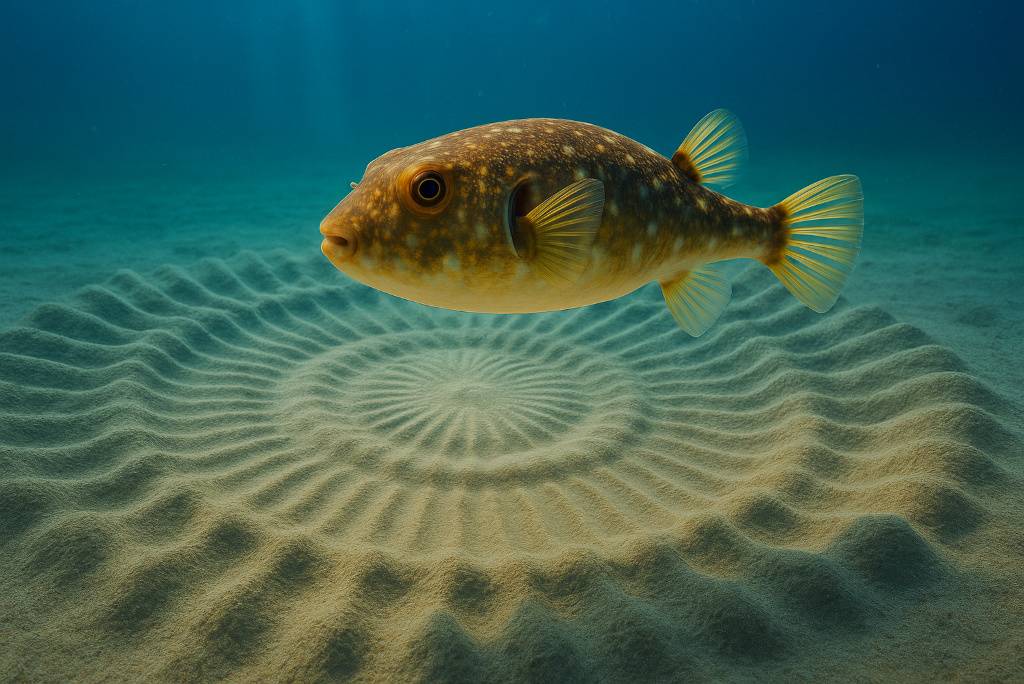
Underwater artistry is the secret weapon of male Japanese pufferfish. Males labour tirelessly for days, using only their fins to carve intricate, circular “crop circle” designs in the sand, sometimes measuring over six feet across. These geometric patterns serve to attract females, who inspect the nest’s size, symmetry, and complexity before deciding to mate. Researchers believe the ridges also help protect the eggs from ocean currents. See the stunning structures in this BBC News feature.
6. Praying Mantises
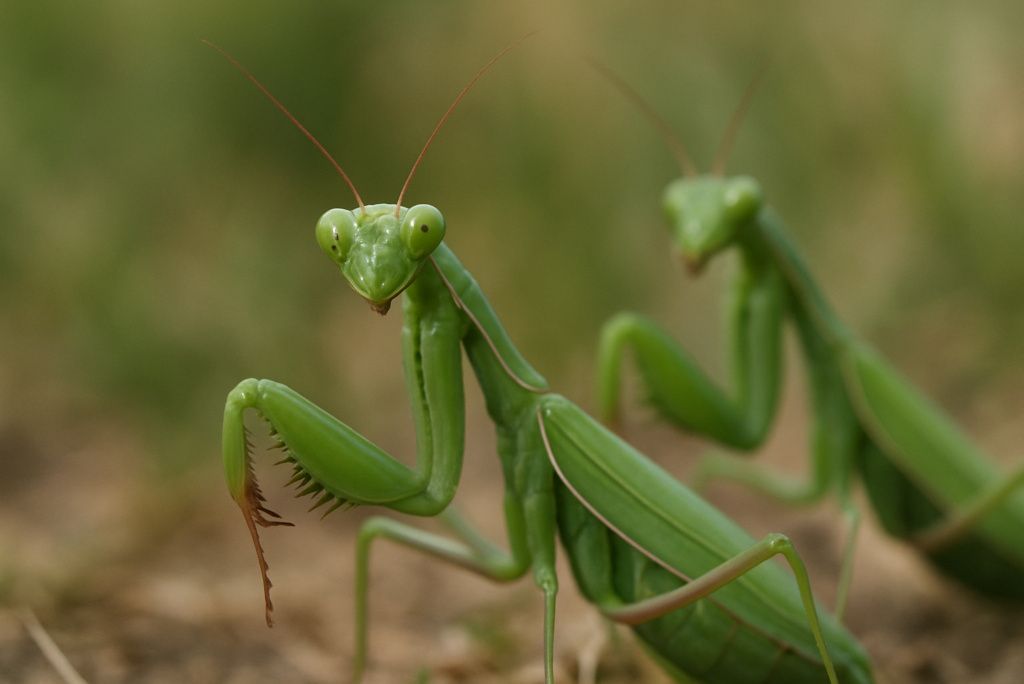
Perhaps the most notorious of insect romances, female praying mantises sometimes eat their mates during or after mating—a phenomenon known as sexual cannibalism. While it sounds gruesome, this act may provide females with essential nutrients that improve the chances of egg survival. Some males try to avoid becoming dinner by leaping away quickly after copulation. However, studies have shown that cannibalised males often sire more offspring. More details can be found in Scientific American.
7. Elephant Seals
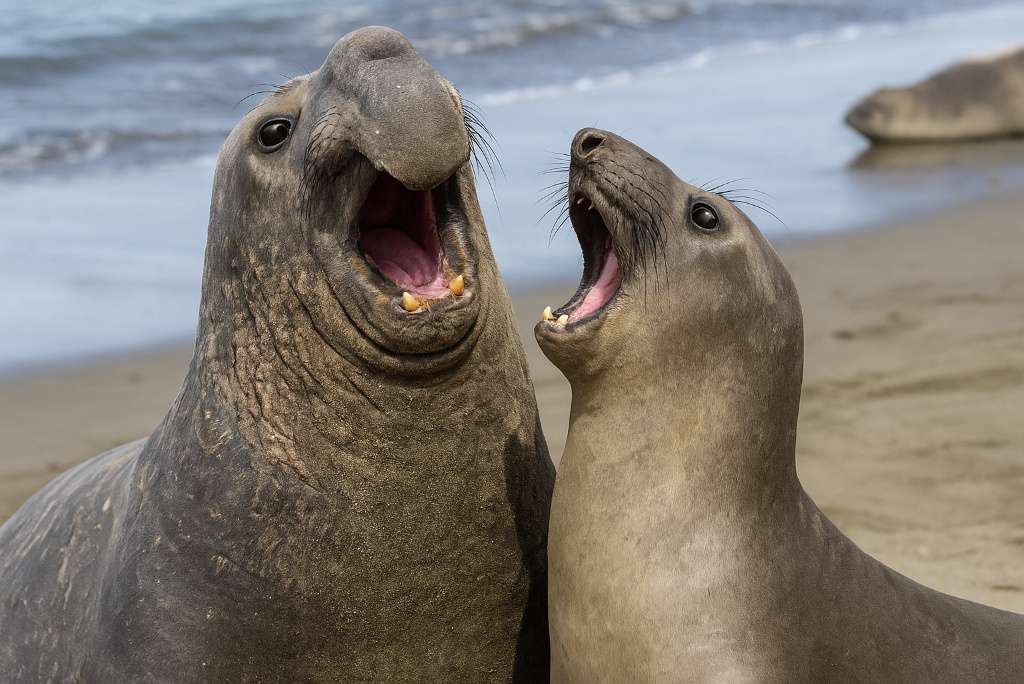
For male elephant seals, love is a brutal affair. Huge males, known as bulls, fight ferocious battles for dominance over breeding beaches. Victorious bulls maintain harems of dozens of females, aggressively defending them from rivals. Smaller males may attempt sneaky matings but risk severe beatings if caught. This polygynous system means a few top males sire most offspring each season. National Geographic dives into these violent contests.
8. Bonobos
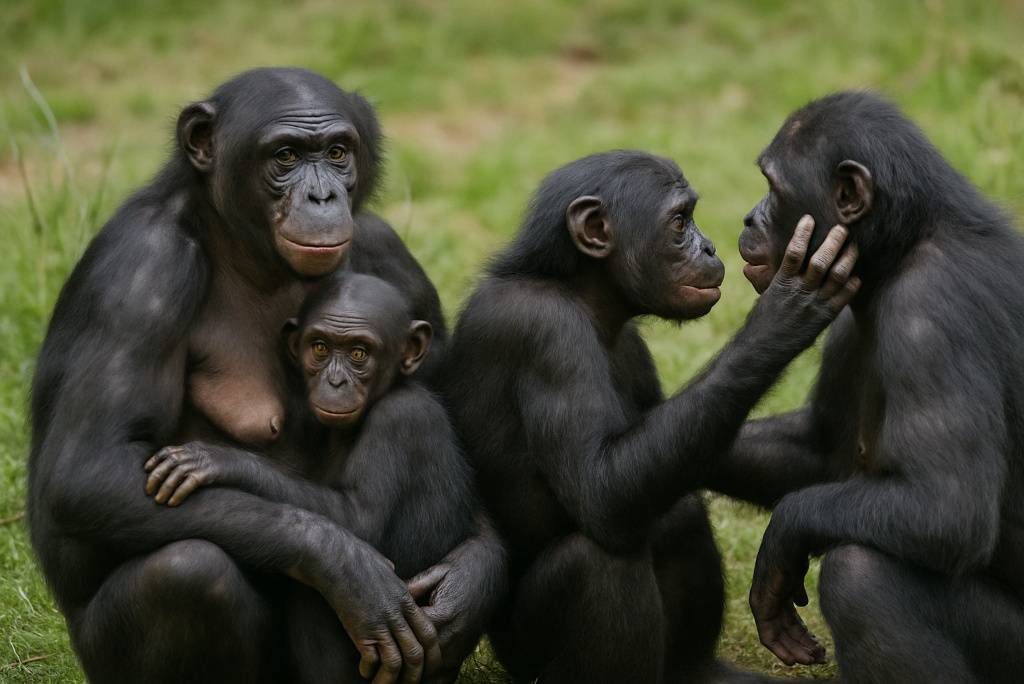
Bonobos, one of our closest primate relatives, use sex not only for reproduction but also for social bonding, conflict resolution, and stress relief. Individuals engage in frequent sexual encounters, regardless of gender or age, making their society notably peaceful compared to that of chimpanzees. This behaviour helps maintain group harmony, as sexual contact defuses tension. Researchers believe bonobo sexuality is key to their cooperative society. Read more in this BBC piece.
9. Australian Redback Spiders

Male Australian redback spiders deliberately sacrifice themselves during mating. As the female begins to consume the male’s body, he continues copulating, sometimes increasing his chances of siring more offspring. Females who cannibalise their partners often remain unreceptive to other males afterwards, giving the self-sacrificing male’s sperm an evolutionary edge. It’s a high-stakes gamble in the spider world. Check out this Australian Museum resource for more details.
10. Flamingos
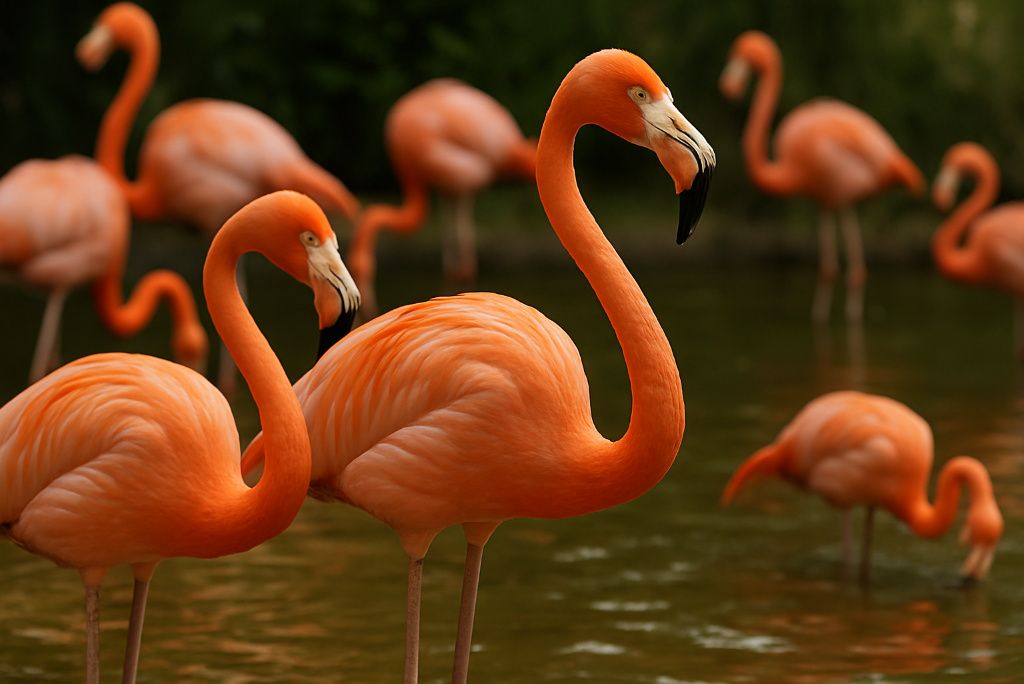
Flamingos engage in mass courtship displays where hundreds of birds perform synchronised movements, including head-flagging and wing salutes. These dances strengthen pair bonds and help birds find compatible mates. The more coordinated a bird’s dance, the higher its chances of attracting a partner. Flamingos are monogamous during a breeding season, and both parents help build a nest and care for chicks. These social spectacles are essential for maintaining healthy colonies. Discover more at the San Diego Zoo Wildlife Alliance.
11. Superb Bird-of-Paradise
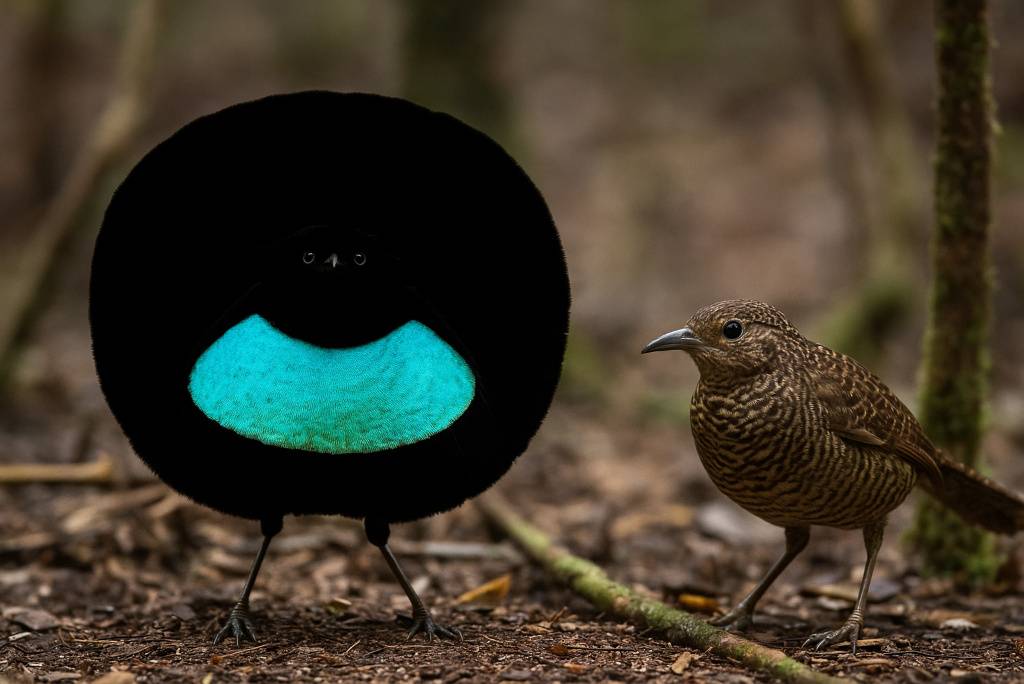
The male superb bird-of-paradise of Papua New Guinea performs a dramatic transformation during courtship. He flips his black feather cape over his head and fans it out into an iridescent oval “smiley face”. He then dances side to side while producing high-pitched calls. This visually stunning display mesmerises females, though they remain highly selective. Only males with flawless routines typically succeed in mating. Discover this dance in this National Geographic video.
12. Fiddler Crabs
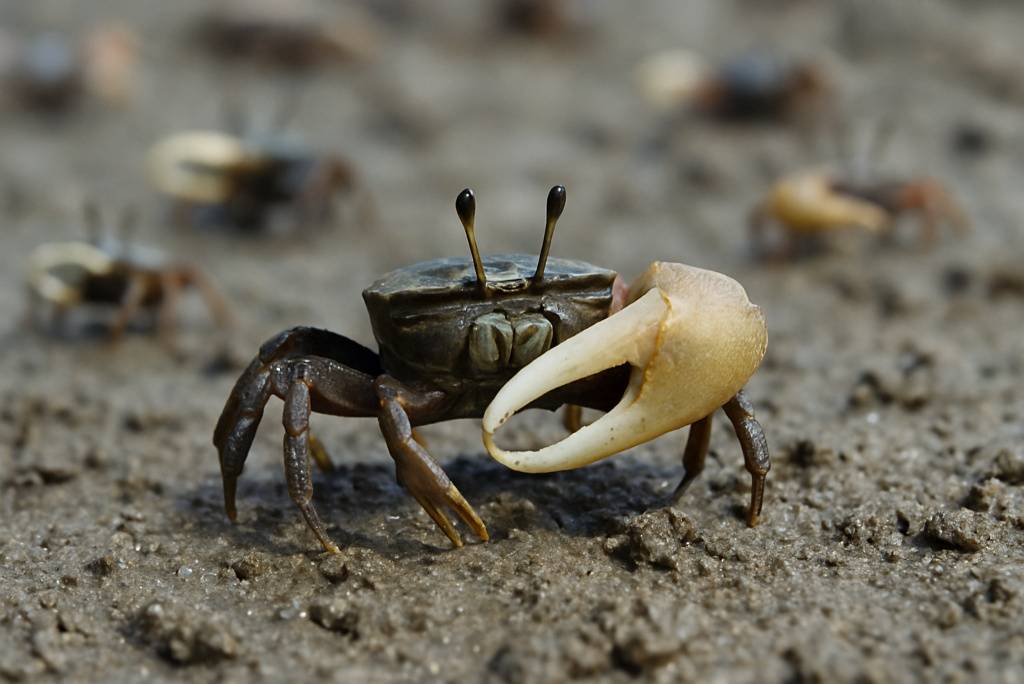
Male fiddler crabs have one oversized claw that they wave like a flag to attract females and ward off rivals. They even “fake” claw size by positioning themselves strategically to appear larger. Females often choose mates based on claw size and waving vigour, as these traits signal good health and territory quality. Learn more in Smithsonian Magazine.
13. Garden Snails
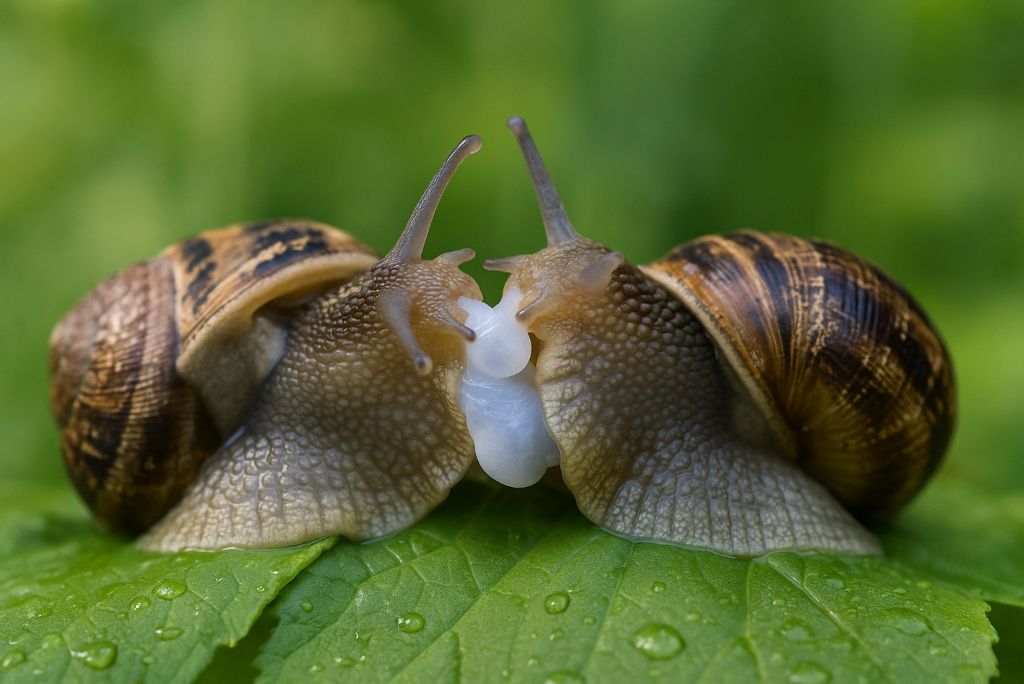
Garden snails have a unique romantic twist: they shoot “love darts”, calcium spikes that pierce their partner’s body. The mucus on the dart contains hormones believed to increase reproductive success by making sperm more likely to survive. However, this process is risky, sometimes causing injury or infection. Researchers continue to study how love darts influence snail mating success. Dive deeper with this National Geographic article.
14. Peacock Spiders

Tiny yet flamboyant, male peacock spiders perform elaborate dances involving leg waves, abdominal flaps, and brilliant colour displays. Each species has a unique routine and colouration, like vibrant reds, blues, or yellows. If the female isn’t impressed—or feels threatened—she may attack and kill the male. Thus, courtship is both a performance and a gamble. Check out a stunning performance on Australian Geographic.
15. Sage Grouse

Every spring, male sage grouse gather in leks—traditional display grounds—where they inflate large air sacs in their chests, producing popping sounds and fanning their spiky tail feathers. Females visit the lek to choose the most impressive male, usually the one with the most energetic and consistent display. It’s a spectacular avian spectacle visible across the American West. Read more in this Audubon article.
Disclaimer: This article is for informational purposes only. It is not intended to replace professional advice in zoology, biology, or wildlife conservation.

